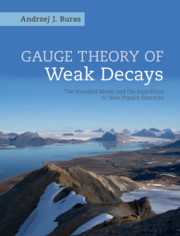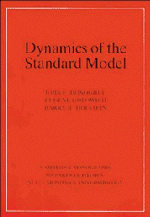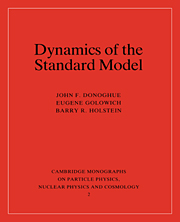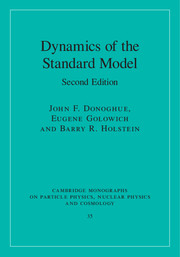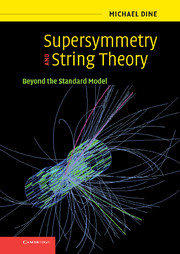Gauge Theory of Weak Decays
This is the first advanced, systematic and comprehensive look at weak decays in the framework of gauge theories. Included is a large spectrum of topics, both theoretical and experimental. In addition to explicit advanced calculations of Feynman diagrams and the study of renormalization group strong interaction effects in weak decays, the book is devoted to the Standard Model Effective Theory, dominating present phenomenology in this field, and to new physics models with the goal of searching for new particles and interactions through quantum fluctuations. This book will benefit theorists, experimental researchers, and Ph.D. students working on flavour physics and weak decays as well as physicists interested in physics beyond the Standard Model. In its concern for the search for new phenomena at short distance scales through the interplay between theory and experiment, this book constitutes a travel guide to physics far beyond the scales explored by the Large Hadron Collider at CERN.
- Offers a systematic introduction to the field of theoretical methods used in weak decays
- Provides a general view of flavour physics, in particular the interplay of theory and experiment - crucial for the identification of new physics through quantum fluctuations
- Allows both theorists and experimentalists to monitor developments in this field
Reviews & endorsements
'The uniqueness of this book lies in its precious details on a wide variety of interesting rare processes. It is a key reference … promises to be extremely useful in the coming decades.' Gino Isidori, Opinion Reviews
Product details
No date availableHardback
9781107034037
650 pages
251 × 194 × 33 mm
1.72kg
69 b/w illus. 41 tables
Table of Contents
- Preface
- Acknowledgments
- Abbreviations
- Introduction
- Part I. Basics of Gauge Theories:
- 1. Fundamentals
- Part II. The Standard Model:
- 2. The Standard Model of electroweak and strong interactions
- Part III. Weak Decays in the Standard Model:
- 3. Weak decays at tree level
- 4. Technology beyond trees
- 5. Short distance structure of weak decays
- 6. Effective Hamiltonians for FCNC processes
- 7. Non-perturbative methods in weak decays
- 8. Particle-antiparticle mixing and CP violation in the Standard Model
- 9. Rare B and K decays in the Standard Model
- 10. ε′/ε in the Standard Model
- 11. Charm flavour physics
- 12. Status of flavour physics within the Standard Model
- Part IV. Weak Decays beyond the Standard Model:
- 13. First steps beyond the Standard Model
- 14. Standard Model Effective Theory
- 15. Simplest extensions of the SM
- 16. Specific models
- 17. Beyond quark flavour physics
- 18. Grand summary of new physics models
- 19. Flavour expedition to the Zeptouniverse
- 20. Summary and shopping list
- Appendix A. Dirac algebra, spinors, Pauli and Gell-Mann matrices
- Appendix B. Feynman rules of the Standard Model
- Appendix C. Massive loop integrals
- Appendix D. Numerical input
- Appendix E. Analytic solutions to SMEFT RG equations
- References
- Index.

